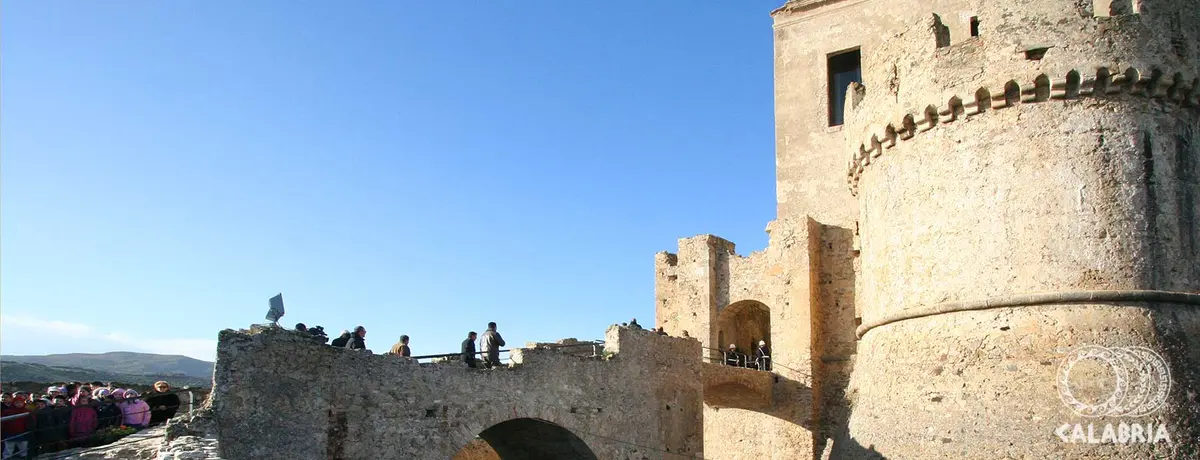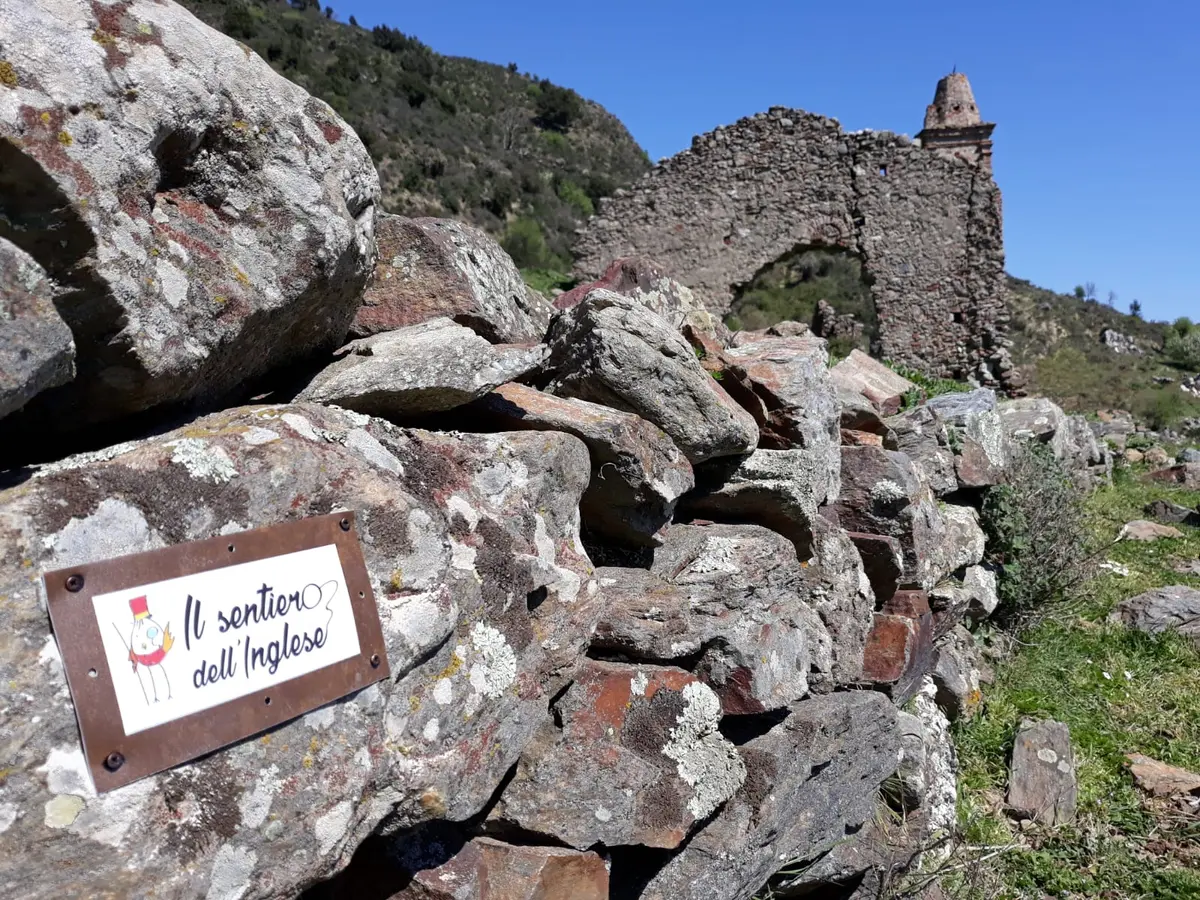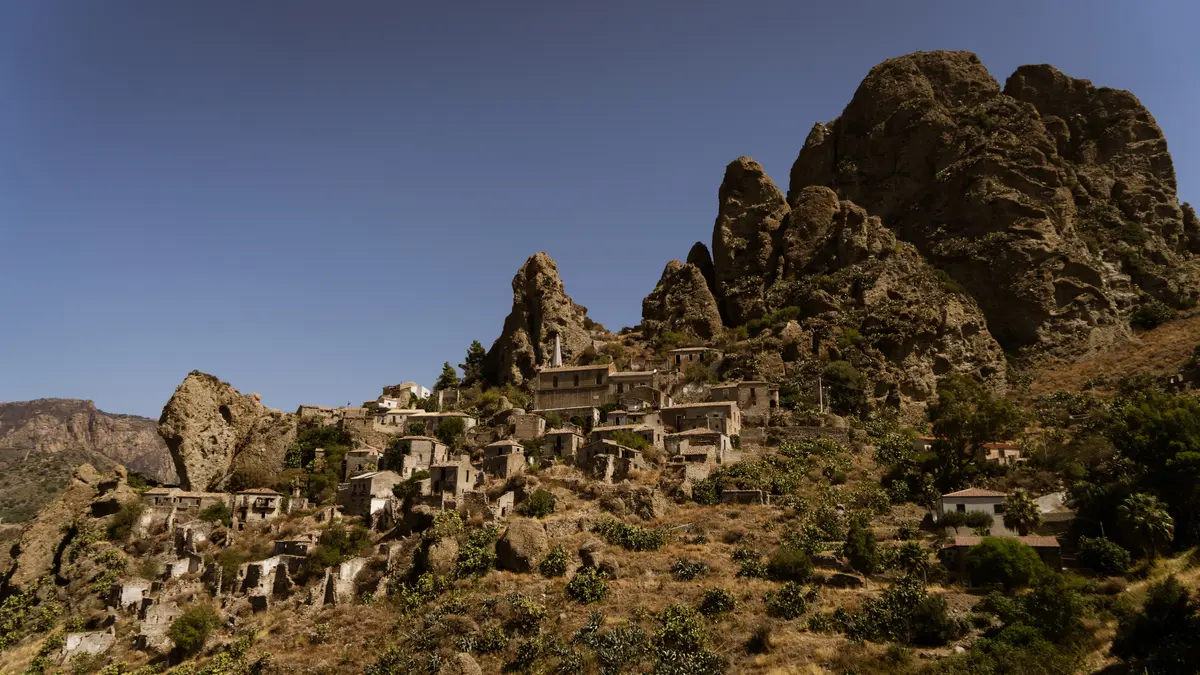Between cliff-top castles and Stupor Mundi

Cultural historian
Travel information
Category
Cultural historian
Target
Calabria offers evidence of a warlike past in the powerful walls of the castles that border the region along the coast and inland, fortifications built to defend against frequent foreign incursions and then becoming monuments to architecture and beauty.
Byzantine and medieval castles, rich in history and culture but also in legends and myths, hidden among the stones of the buildings that have remained standing to defy time, now as then. Ancient vestiges of proud and proud peoples, artistic receptacles under the open sky, Calabria's castles defy in majesty the cliffs that host them and add charm to the surrounding landscape.
The castles in the Reggio area offered shelter to populations fleeing from overseas pirates and constituted a necessary point of reference for the development of culture in periods of great historical turmoil.
The itinerary is suitable for everyone, practicable by car and for all seasons.
Food tips
The IGP lemon, which has been grown for centuries in the Rocca Imperiale area, is known in the district as Antico or Nostrano di Rocca Imperiale. The fruit of the lemon, of an intense yellow colour, has an extraordinary aroma that distinguishes it from other lemons.
The results of the analysis showed a high content of limonene and precious natural essential oils of particular aroma. Throughout the year, the Rocca Imperiale lemon produces three types of fruit derived from as many blossoms: Primofiore (harvested from May to July), or Maiolino (harvested from May to July) and Verdello (harvested from August to October).
The undisputed queen of the Roseto area, crowned Italy's most beautiful for 2016, is the cherry.
One of the most beloved fruits of all, which no one can resist, the De.Co. Roseto cherry, one of the excellence of this area, has unique organoleptic properties and disarming beauty. Now a protagonist of the local cuisine, it can also be found in delicious first courses, such as maccheroncini with clams and De.Co. cherries, combined with exquisite second courses, as well as in desserts and jams.
Among the many dishes and typical products that characterise Oriolo from the point of view of gastronomic excellence are the Taralli, crumbly salted biscuits with a distinct aroma of wild fennel. The taralli di Oriolo are made from soft wheat flour, white wine, extra virgin olive oil, eggs, salt and, of course, local wild fennel seeds. Before baking, the taralli are boiled in water and then baked in a wood-fired oven.

Rocca Imperiale Castle

Castello Federiciano



